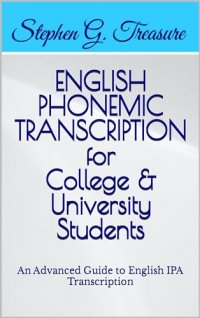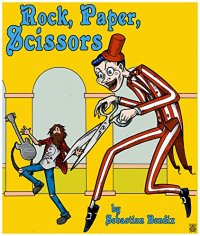Learners of the English language (especially college and university students) often find it difficult to transcribe English words into the IPA (International Phonetic Alphabet) symbols.
The problem becomes more complicated due to the fact that most books written on the subject have been written in a far too complex manner for an average second-language English student to understand. Yet, the knowledge of phonemic transcription remains indispensable to users and learners of English, as it holds the key to unlocking the pronunciation of any English word. This book has, however, been written to solve the following problems.
First, the book has been carefully and specially written for the second language and non-native English students, who find English phonemic transcription a nail-biting or head-scratching experience. It has been written in a “down-to-earth” and “easy-to-understand” manner, such that college and university learners with weak foundations in English phonetics and transcription will easily understand. This is done by presenting the phonemic concepts as clearly as possible with the minimum use of technical phonetic terms.
Secondly, it has been written to show that learning English phonemic transcription can be as enjoyable as any other aspect of the English language. The book has a workbook attached to it, which contains a series of standard exercises and questions to test readers’ understanding of each chapter.
In addition, the book demystifies the differences between the British English phonemic transcription and that of American English. The book thoroughly peruses the following:
oThe English IPAs (Both American and British) oMonophthongs oDiphthongs oConsonant Sounds oSilent Letters oPronunciation of an added “s” to a noun, pronoun, and lexical verb oPronunciation of Past Tense Marker oPHONEMIC TRANSCRIPTION oRules Guiding English Phonemic Transcription o Stress and Its Placement o Primary Stress o Secondary Stress o Transcription of Function Words (Weak and Strong Forms) o Transcription of Sentences, Paragraphs, and Passages o And lots more…












